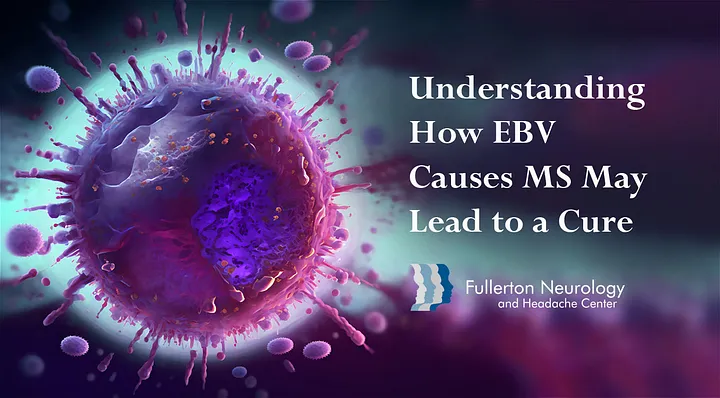The evidence is now overwhelming that Epstein-Barr virus (EBV) causes MS.
The “hit-and-run” theory is based upon molecular mimicry. This means the virus fools the immune system into making an immune reaction against myelin which resembles the virus’ proteins or antigens. A second theory is that EBV is the “driver of MS” by continually cycling through latent and lytic (active) infection phases by direct invasion of the brain or by continuously stimulating autoreactive T and B cells. A new study supports the driver hypothesis (EBV replication) over the hit-and-run molecular mimicry hypothesis.
Findings do not explain whether the EBV latent-lytic cycling occurs within or outside of the brain and spinal cord (CNS). Tysabri ignores this issue and blocks the activated cells from entering the brain. The anti-CD 20 therapies (Ocrevus, Kesimpta and more soon to come) potently deplete EBV-infected memory B cells outside the CNS. Medications that are not CNS-penetrant cannot affect EBV-infected B-cells within the CNS and cannot lead to a cure.
New strategies are needed. Currently available CNS-penetrant oral drugs are only moderately effective. Even immune reconstitution therapies such as stem cell therapy, Mavenclad, and Lemtrada can reduce the viral load but do not eliminate EBV. Anti-viral treatments are the key. New approaches include adoptive transfer of EBV-specific T-cells or EBV vaccination.
Curing MS is a goal that is becoming increasingly close.
Adapted from an Editorial in MSRD, November 22. 2202.
For more information or to set up an appointment with Dr. Florin please visit our Center’s Website.


Leave a Reply